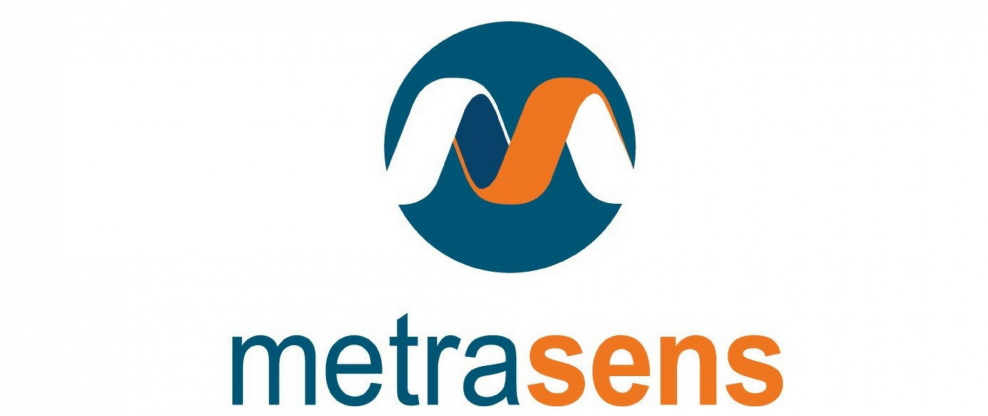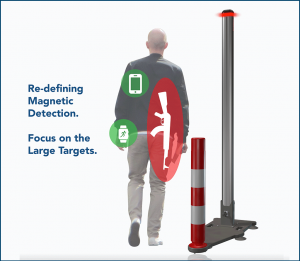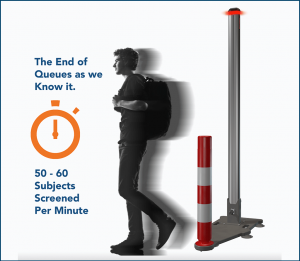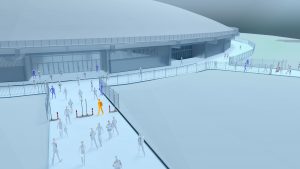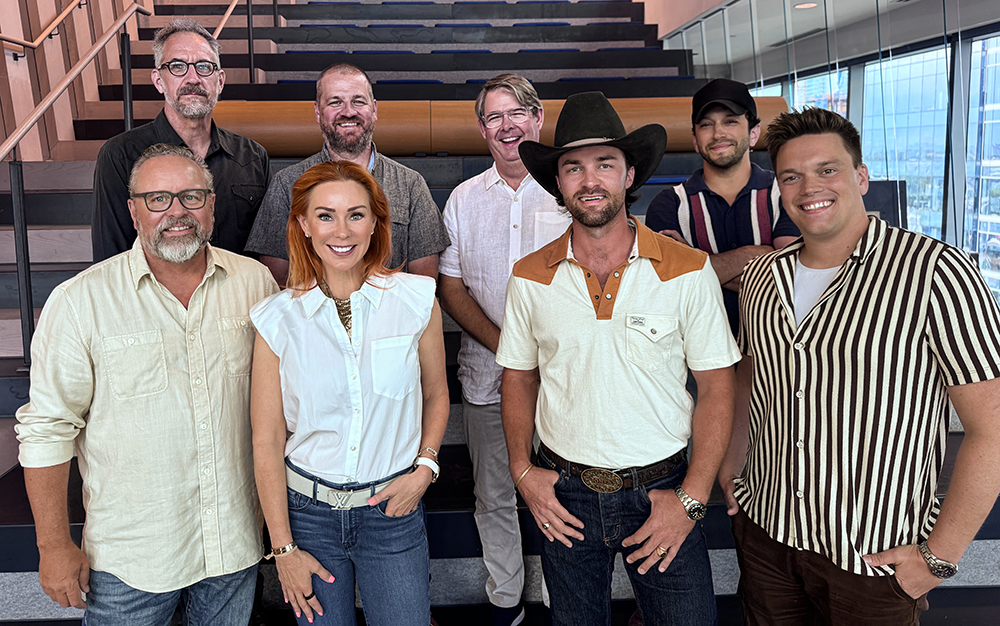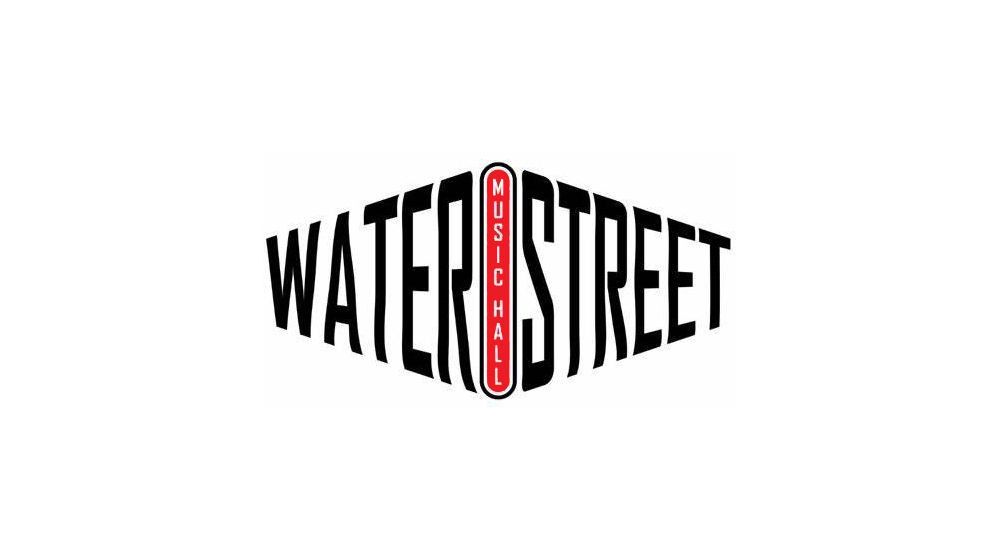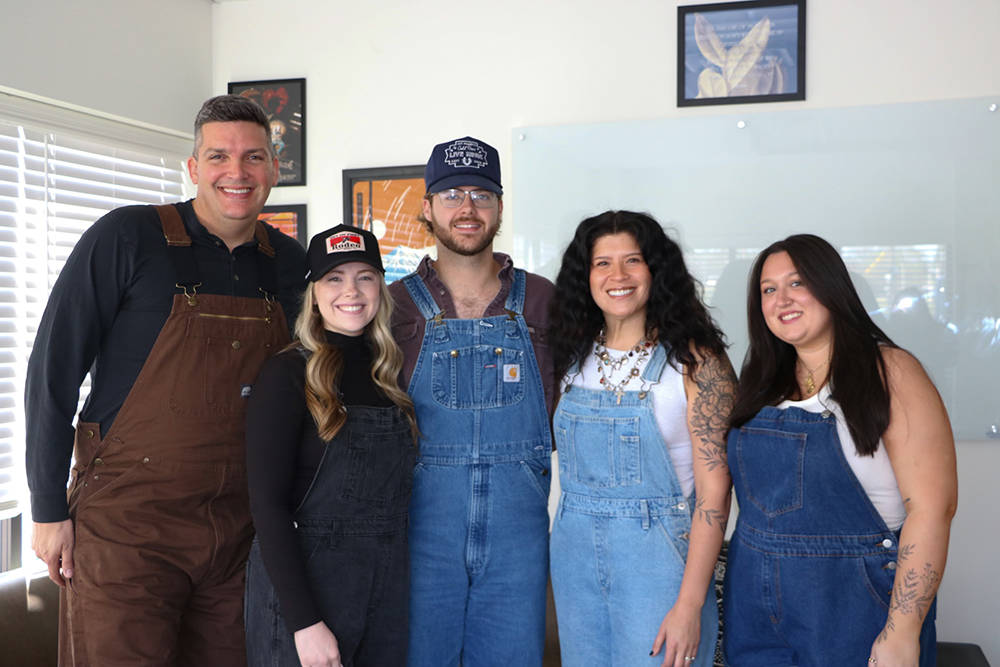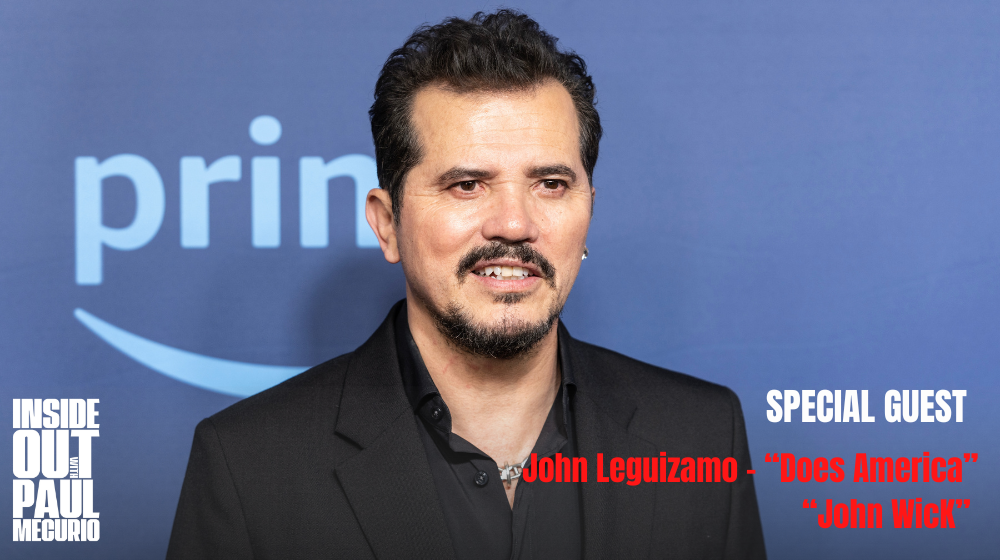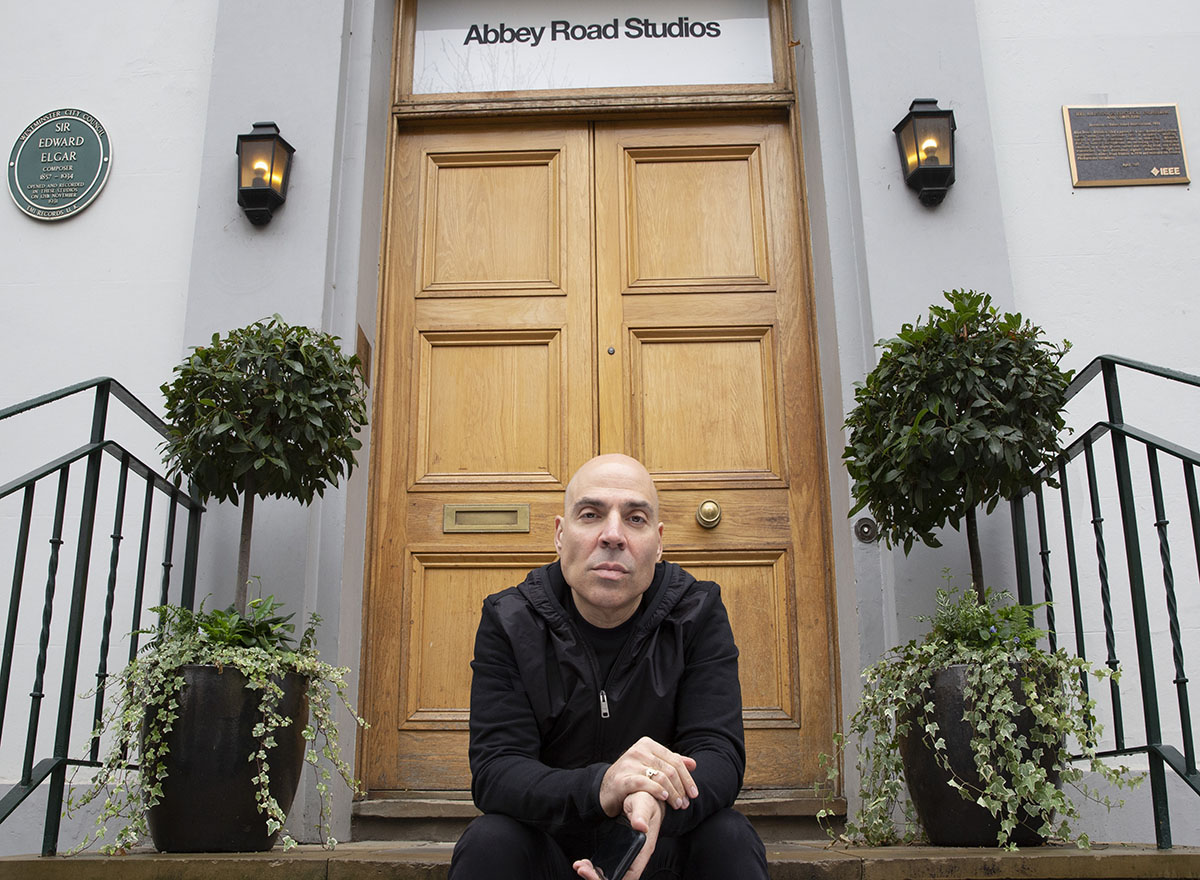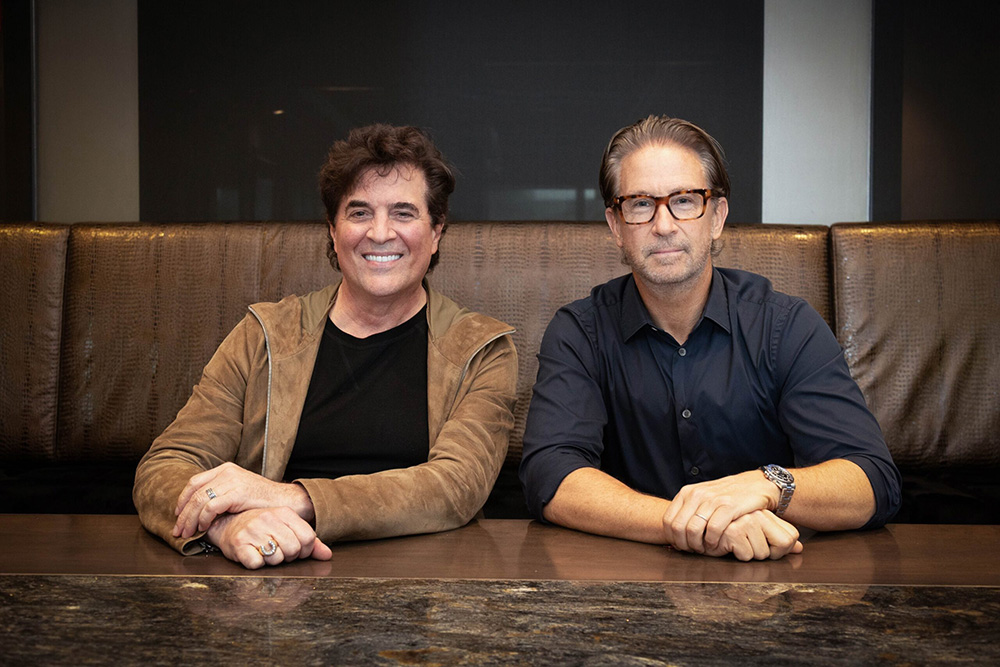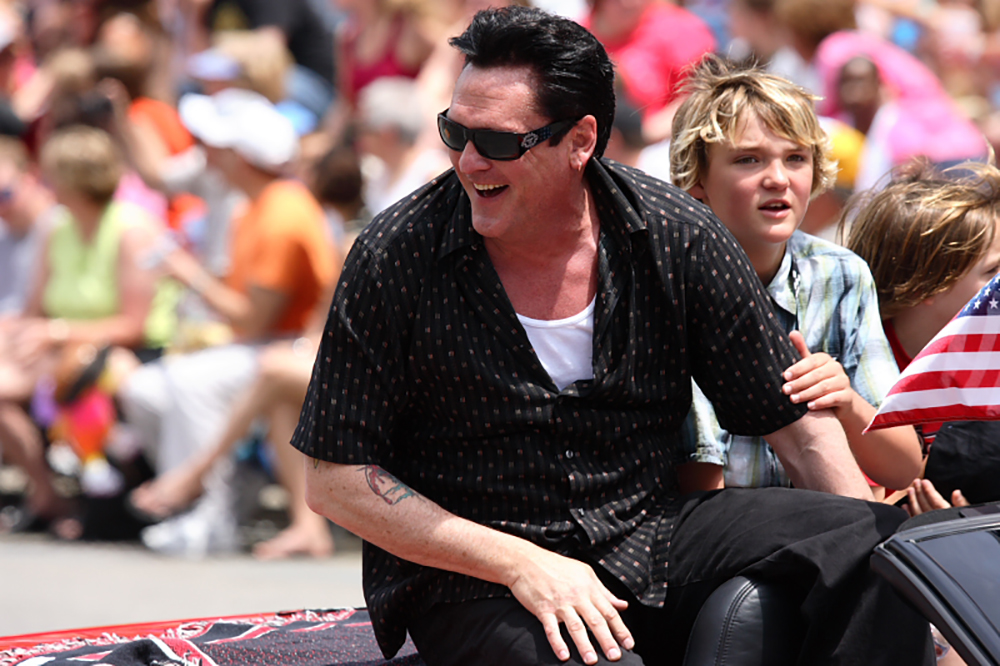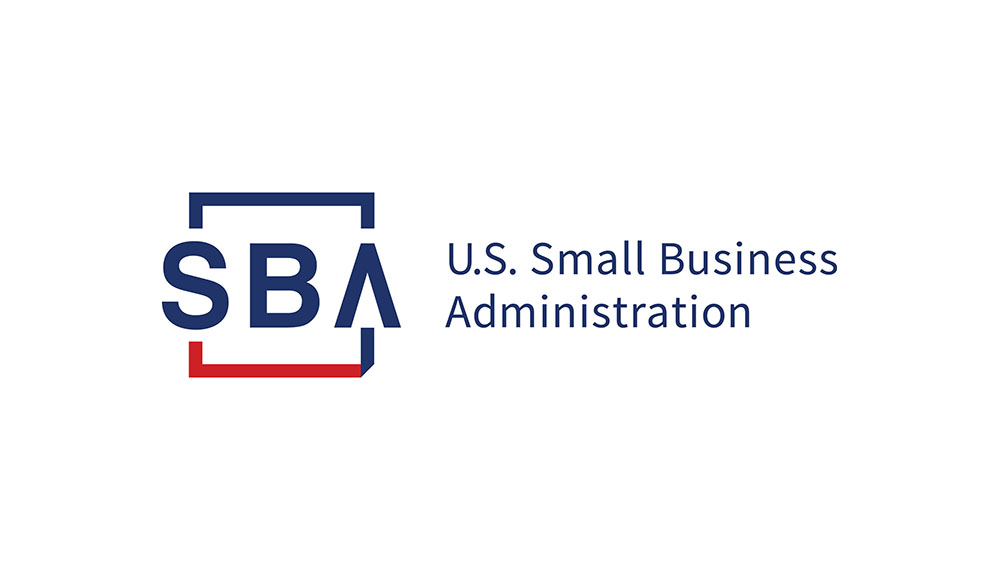(CelebrityAccess) Around five years ago, security and safety were the buzzwords at music industry conferences. One could always find a panel discussing either metal detectors or weather assessment.
These days, after events like those at the Manchester Arena, the Bataclan, or Las Vegas, or the tragic shooting of Christina Grimmie during a meet & greet at a merch table, there is no longer talk about security, only the amount needed. Live Nation has had a longtime policy of metal detectors at its events. Even events that are considered nonviolent include at least wanding during ingress.

Meanwhile, the security division of corrections company Metrasens has been focusing on a specific threat: weapons of mass casualty. Long guns, pipe bombs, pressure cookers – these are the kinds of weaponry that venues would prefer to detect long before an assailant reaches the metal detectors near the doors. For that, Metrasens provides a device called the ProScreen 900, basically a pole that runs on battery power so it can be placed far away from a venue’s electrical outlets. Its sole job is to detect weapons – not phones, not belt buckles. It uses ferromagnetic detection, technology first applied in the health industry, that only detects metals that are magnetic, such as steel and iron.
Jim Viscardi has been VP of Metrasen’s global security division for nearly four years. Prior to that he worked at Smiths Detection, the world’s largest provider of detection and imaging equipment for homeland security. Overall he has spent 21 years in security.
“We serve five verticals, four of which fall under the security division,” Viscardi told CelebrityAccess. “Our biggest is corrections. The other three are in nurture stage: mental health, physical data, and security.”
Metrasens currently has approximately 70 employees.
We launched the ProScreen 900 nine months ago and customers haven’t stopped asking about it since. We’ve sold a great deal.
The ProScreen 900 was first featured by Amplify magazine in early May. That may not seem like a long time ago but, since then, there has been a school shooting at Noblesville West Middle School in Indiana, where a male student fired shots inside a classroom, critically injuring another student and a teacher. There has been a shooting at Santa Fe High School in Texas, killing at least eight people and injuring several others. In fact, on the day the story was published, a 14-year-old allegedly shot a classmate at Highland High School in Palmdale, Calif.
Not to mention a shooting at the Art All Night festival in Trenton, N.J., that injured 22 people (and killing one of the suspects) – an apparent beef between suspects that involved at least one person leaving the festival and returning with a gun.
With those events in mind, CelebrityAccess asked Viscardi not only about the details of the ProScreen 900 but if recent events have brought further attention to the company. Viscardi was reticent to name specific customers but, “We launched the ProScreen 900 nine months ago and customers haven’t stopped asking about it since. We’ve sold a great deal.”
Have you seen any increased attention in the past month?
What has happened is the industry, most notably the stadium and concert venue, has really become aware of this type of technology.
The advantage is it provides a level of screening that, first, allows us to push the perimeter out for a venue. We are screening people at a distance as far away as we possibly can get, away from the areas that are most densely populated and as far away from the critical asset itself.
We can also screen people without them even stopping. They just walk through
In that way we are becoming part of the best practices in screening and mass screening for these venues because they now have something to do that.

This type of technology didn’t exist in a scanning form. There was surveillance, police officers, security guards or cameras. But the ability to screen people quickly for weapons of mass casualty and to give enough time to act upon the alarm is something new and novel.
You say that this can be used in “layered security.” Can you give a more detailed definition?
It refers to multiple technologies at multiple points in a screening protocol.
It really comes down to coming to terms with what you want out of your facility and what you want to come in. Sometimes it means you go through multiple screening points that are screening for different things at different times. Also, sometimes, it means if you’re going in one area, you’re screened for only one thing and screened for another thing, using different technology, in another area.
A large tech company in Silicon Valley just completed a very large, developers’ conference out West using our product and they used the 900 to screen for what we screen for at some distance from the convention center. It was about 200 feet from the front door. We set something up for secondary screening where they would use a walkthrough, traditional metal detector and have the bags manually inspected.
Another example: A couple months ago we conducted a trial at a major Hollywood movie premiere for a major studio and they used our technology in a couple different ways. They used the ProScreen 900 to screen the VIPs. The limos dropped their people off, and they and their entourage would walk through our units. That way, we were screening them, and media, for weapons of mass casualty.
In the theatre, they used a different unit of ours to screen people coming into the theatre for phones and other recording devices. It wasn’t a terrorist threat protocol; it was an anti-piracy response protocol. That’s an example where they are using two different technologies to look for two different things, in two different areas.
What about people who don’t think it works? Potential customers might not automatically feel safe if the device never beeps.
Part of the answer comes down to new technology versus traditional technology. In their minds, something may be proven because it’s been around for a long time. The other part of that is you’re trying to detect for an AK-47 and how do you test that? How do you make sure it’s doing what it’s doing?
I’ll address the second part first. First of all, we provide onsite training for all of our customers. We do it free of charge because it’s important as the manufacturer that we help our customers be knowledgeable on every aspect of this product. We don’t just sell them equipment and say, “Hey, figure it out.” We work closely with them on site assessments, product training, and creating deployment strategies.
We also provide them with different competence test pieces as part of that training that allows them to say, “OK, if I use this equipment, and it detects this thing, this test piece I have is detecting at the appropriate level.” That’s sort of common now with detection equipment.
The first part is, “Well, OK, this is new and it seems like it works, and it’s a cool concept but we use handheld metal detectors and that’s kind of what we know.”
Ask any handheld metal detector company and they will tell you that those are not designed for primary screening
In regards to walkthrough detectors, there’s a significant difference in technology between that and what we do. What we do is not a replacement. We don’t discourage people to continue to use those technologies. But, where are walkthrough detectors used? Close to the building, inside the building, because they require DC power. They need to be plugged into something. Two, they detect all metals. Not just guns and other weapons but your keys, your jewelry, the coins in your pocket, your metal hip. All the things, as a security firm, you don’t want to detect.
Ask any handheld metal detector company and they will tell you that those are not designed for primary screening; they’re designed for secondary screening.
Yet, you go to a lot of concert venues and the only screening they’re doing is with a handheld. It makes sense because they’re cheap and, “We’ve already got guards here. I just give my guards one of these things and they just move through.”
The problem is, with that as the sole layer is what the industry has done, and is finally coming to terms with, is that they have not been using the optimal tool. They’ve just gotten really good at using a tool that has limitations. A bad habit is a bad habit until you get good at it; then it becomes a style.
The security industry probably doesn’t even recognize any more that these technologies have limitations but have figured out a way to kinda-sorta work around it.
Any security professional will tell you the farther away the screening, the better. You can do that with our technology. It’s battery powered, weather resistant. You can screen anywhere outside the facility you want. It provides the distance as a buffer.
What is the radius of one unit? How many would you need to set up around the perimeter of the building or event?
We can detect the threats we’re looking for at a 3- to 5-foot range. You still have to queue people. They walk through one at a time but, rather than stopping and take the stuff out of their pockets and put it in a dog bowl, we’re screening 50 to 60 people a minute. We’re talking as many as 3,600 people per hour, with just one unit. If I’ve got 10 of those I can screen 36,000 people in one hour.
There’s no stopping, there’s no divestment, and they’re easy to deploy. I take them out of the case, I put them down, I turn them on and, four seconds later, they’re ready to go. When I’m done, I turn them off, pack them up – they’re all hand portable – and I carry them away. I charge them until the next time. The deployment is so much easier.
It seems like this would have been a good fit for the recent arts festival in Trenton, N.J., where there were no metal detectors and a gunfight injured 22 people.
It would have, and you can understand why a venue like that would not have had traditional metal detection. One, it’s an old, long building. There’s really no place to run electricity. Two, for Trenton, this is kind of the highlight for their year and the last thing they want to do is to attract people to Trenton and have it surrounded by metal detectors that make it look like an unsafe place.
A product like ours beats both of those issues – first, they’re battery powered. Three hours of charge gives you 16 hours of use. Even with a 24 hour event like what they had, you can charge them while you’re using them.
At a venue like that, where they want to keep it open and have screening that is aesthetically pleasing, we can fit that bill
Second is the form factor. We don’t have this ominous, obtrusive portal that you have to walk through. It’s a single pole and doesn’t even have to be a base; it can be attached to the wall. We can screen through walls because of the technology. We can screen people without them even seeing our unit.
At a venue like that, where they want to keep it open and have screening that is aesthetically pleasing, we can fit that bill.
What about colleges, high school, public facilities? Has any of them shown interest?
A technology like ours is aimed at just that. We built a product that is getting a lot of traction in the sports and concert industries but the reality is this type of technology can be used in so many different areas – mass transit facilities, schools, in any areas where you have tourists. Absolutely. We’re pursuing all of it and and we’re at various levels of penetration at this point but it all looks very good and promising.
It used to be screening was done at the front door. Anyone who wants to do damage looks for a way to circumvent that.
Mass shootings have changed the mindset of a lot of people in homeland security. Even 20 years ago, the though of someone going into a place to impart as much damage as they could in a densely populated area wasn’t something we were thinking about. But the stakes have been raised.
Parkland was an AR-15, the kid in Maryland had his dad’s shotgun. Kids are getting access to higher-powered weaponry and they’re using it. People are coming to these places armed to the teeth. We don’t necessarily need a technology at the very front-end of our screening protocol that detects the smallest weapon. We can detect the bigger things farther away and, as they get closer, we can detect smaller things if we think we need to. Detecting the most damaging weapons should be a priority and it’s becoming one. People are figuring out how to get to these softer targets and the mindset has begun to change.
It used to be screening was done at the front door. Anyone who wants to do damage looks for a way to circumvent that. The industry has identified the need for more ubiquitous screening.
More information is available at www.metrasens.com

